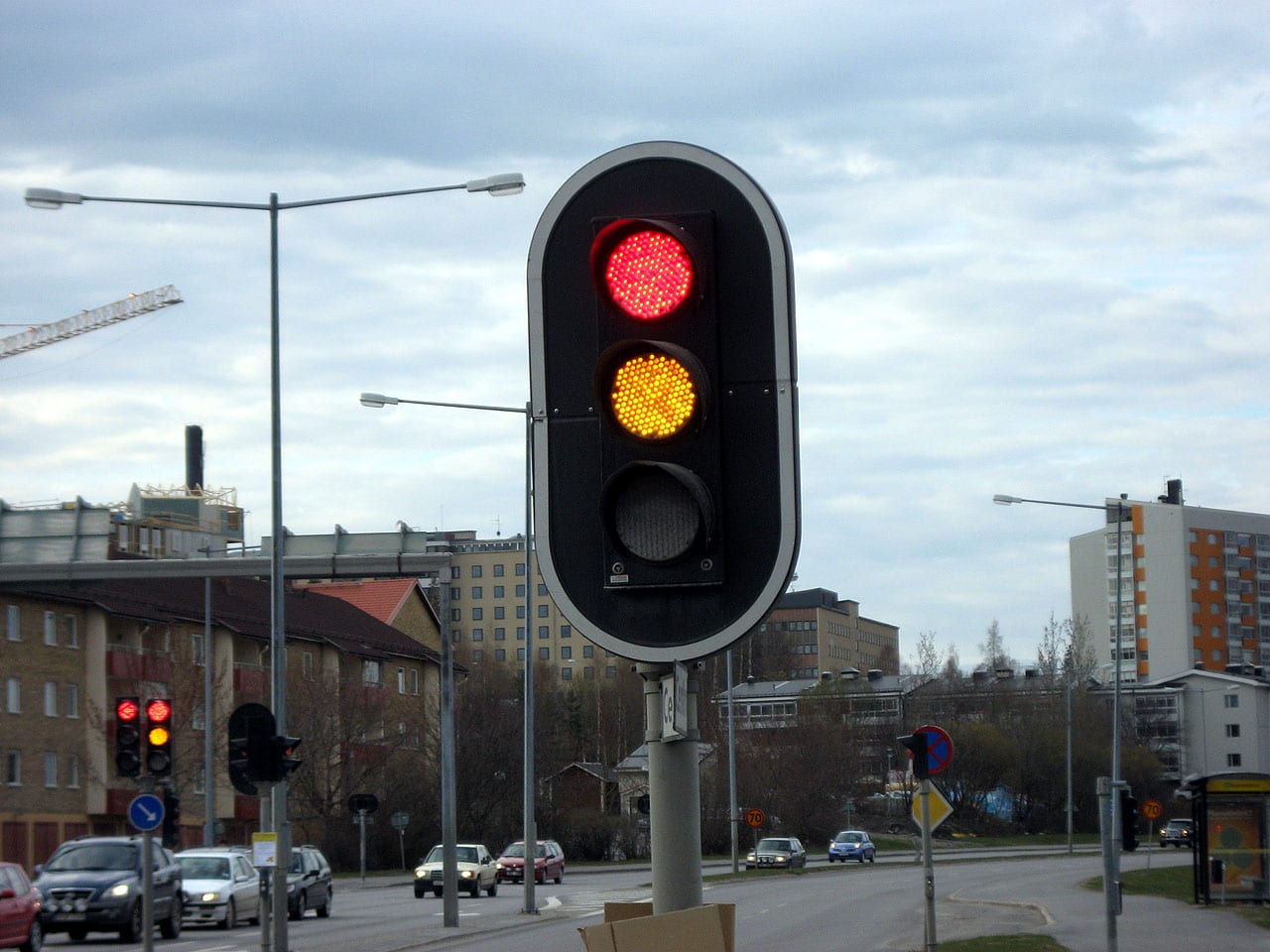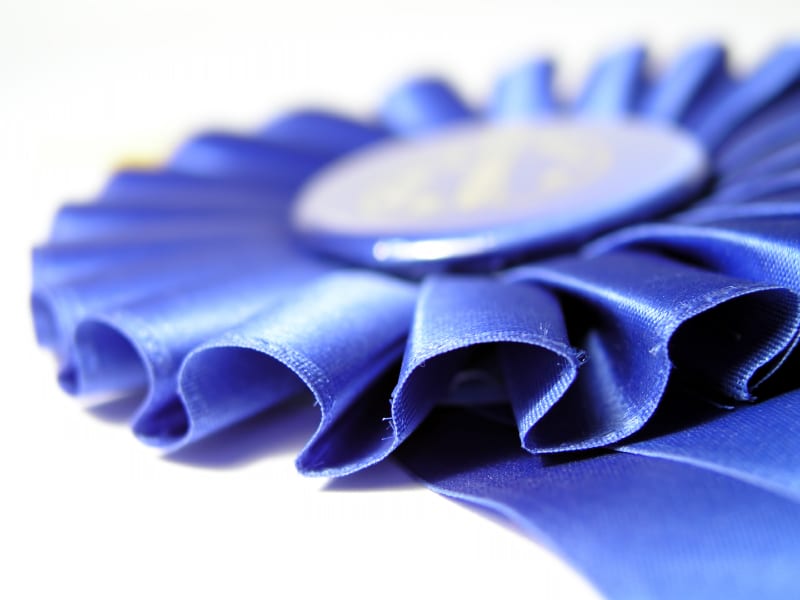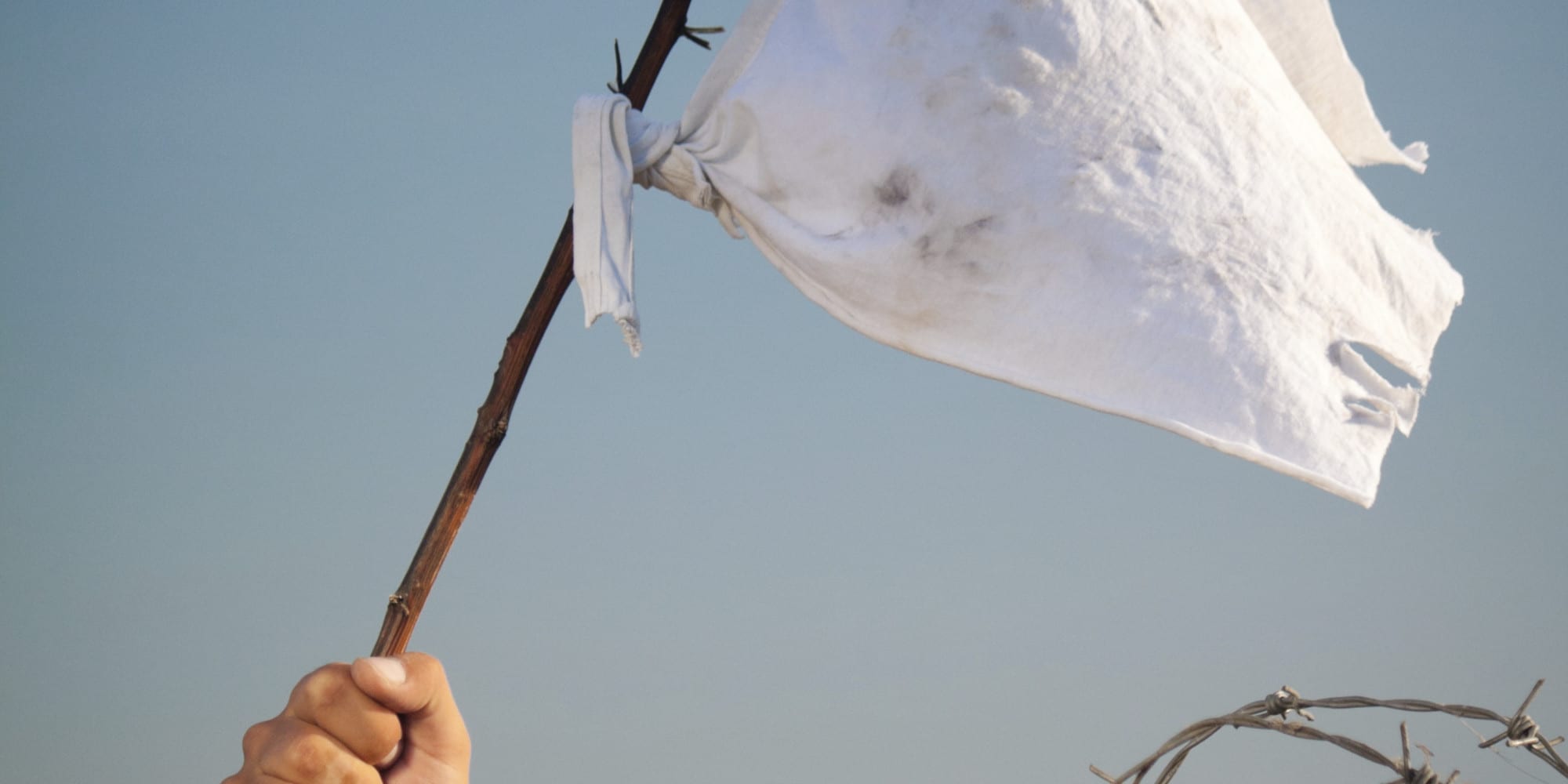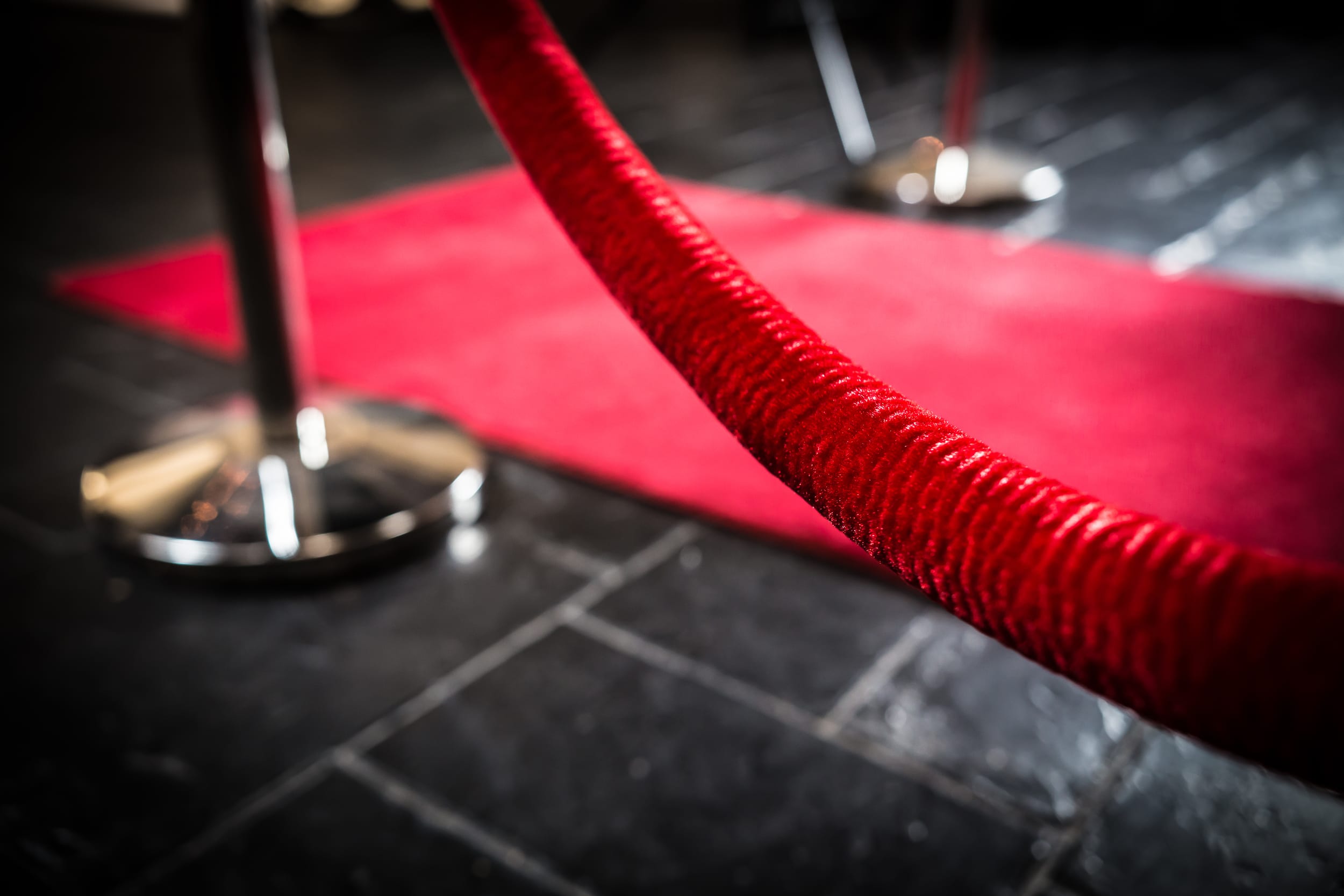Did you ever wonder why (standard) pencils are yellow, or why carpets leading into important events are red? I admit, I never have…BUT, that doesn’t mean I didn’t find the explanations interesting.
I bet you will, too!
#15. Why are fire hydrants ALL different colors?
Fire hydrants were originally red (actual plugs made of redwood) but now are color-coded to give firefighters information about their water supply.
For example, hydrants using public water systems are yellow, their tops and caps coded to indicate how many gallons per minute of water they can provide. Black hydrants are inoperable, red use a private water supply, and the rare purple hold non-potable water.
#14. Why does RED mean stop and GREEN mean go?
The idea of using color to regulate the flow of traffic dates back to England in 1841 and followed the color scheme of the time: red meant danger and green meant proceed with caution.
#13. Why are pencils YELLOW?
Until 1890, pencils were dark or unpainted, but then the LT & Hardtmuth Company had a brilliant idea for selling more pencils – make them seem special!
They named their pencils the Koh-i-Noor luxury pencil (after what was then the largest diamond in the world), and chose yellow paint to communicate royalty and heroism, and guess what? They sold like hotcakes.
Lesson: people really, really like to feel like what they’re buying is more special than any other product on the market.
#12. Why are baby girls dressed in PINK and baby boys dressed in BLUE?
This is a somewhat new revelation – in ye olde days, all babies were dressed in white (which probably wasn’t all that wise, considering how fast a baby can mess up an outfit). In the mid-19th century pink and blue clothes were introduced but had no assigned gender; some parents thought pink looked better on brunettes and blue on blondes, and pink was considered the “stronger” color.
It wasn’t until the 1940s when clothing manufacturers made the decision, making dresses pink and pants blue, and even then, the gendered clothing tradition didn’t really catch on until the 1980s, when sonograms allowed parents-to-be to glimpse their baby’s gender before he or she made an appearance.
#11. Why are scrubs usually BLUE or GREEN?
A couple of reasons: they’re easier to clean than hospital whites, and the muted blues and greens are opposite blood red on the color wheel, which makes them easier on surgeon’s eyes.
#10. Why do winners get BLUE ribbons?
This one began way back in 1587, when the knights who were part of France’s Order of the Holy Spirit wore crosses pinned to a blue ribbon (or, le cordon bleu). The phrase became associated with honor and achievement (and delicious chicken).
When passenger ocean liners began to race across the Atlantic in 1830, it was for a Blue Riband which they could fly on their ships (after 1935, which it became a physical prize).
And that’s how blue ribbons became a prize every American craved.
#9. Why are barns painted RED?
Back in the 1700’s, farmers were looking for a way to keep mold off their structures – and landed on a mixture of ferrous oxide, linseed oil, milk, and lime. It also turned their barns a charming red color.
Later, the red continued because it was the cheapest paint color, and now is just a charming throwback to simpler times.
#8. Why do referees wear BLACK and WHITE stripes?
Referees originally worse red dress shirts, bow ties, and black pants, but after a referee was mistaken for a member of the team in 1920 and thrown the ball during a game, they figured it was time to switch it up.
Fans originally hated the change (as they do), but soon realized it really did help then distinguish from the players.
#7. Why are most fast food logos RED or YELLOW?
It’s not an accident, if that’s what you always thought! It’s been proven that reds and yellows stimulate the appetite, as well as triggering excitement and positivity. The color of the packaging also encourages people to eat more.
I wonder if this holds true after you’ve gotten food poisoning at one of these places?
#6. Why are WHITE flags waved to surrender?
It’s pretty simple: white fabric is abundant, easy to see outdoors no matter the light, and couldn’t be mistaken for any army’s colorful banner.
It’s use dates back to China’s Han Dynasty (25-220 CE) and Rome’s Second Battle of Cremonia (69 CE).
#5. Why are tennis balls YELLOW?
White or yellow were acceptable colors at the outset of the sport, but the advent of television coverage made the easy-to-see fluorescent yellow an easy pick.
#4. Why are barbershop poles RED and WHITE?
Back in medieval times, you didn’t just see your barber for a shave and a haircut – they also performed bloodlettings and minor surgeries, as well as offered early dentistry for the village.
The red and white represented blood and bandages (and the addition of blue in the States is probably simply an expression of patriotism).
#3. Why are basketballs ORANGE?
Basketballs started out as tan or (if the teams agreed) yellow. In 1958, Butler University’s coach suggested that orange would be easier for both the players and spectators to see, and it was added to the list of choices soon afterward.
It is now, of course, the standard.
#2. Why do celebrities walk the RED carpet?
The use of red carpet laid beneath the feet of royalty dates all the way back to the play Agamemnon, written by Greek playwright Aeschylus, and President James Madison used it to step off a riverboat in 1821.
It was used as a more inclusive form of welcome as the railroads employed it for disembarking passengers, but founds its way back to its royal roots (the celebrity kind, anyway), when it made its own award show debut in 1961.
#1. Why do doctors wear WHITE coats?
In the 1900s (and before) there were a lot of quacks running around pretending to be doctors, so the real guys decided to give the profession a makeover. They chose white lab coats to denote sterility and scientific acumen.
Ironically, some modern hospital have moved away from the white coats because they cause anxiety in patients and can spread germs. Someone should alert the costume department on Grey’s Anatomy!










